Images
Charlotte Johannesson
Compute
19. 4. – 25. 5. 2024
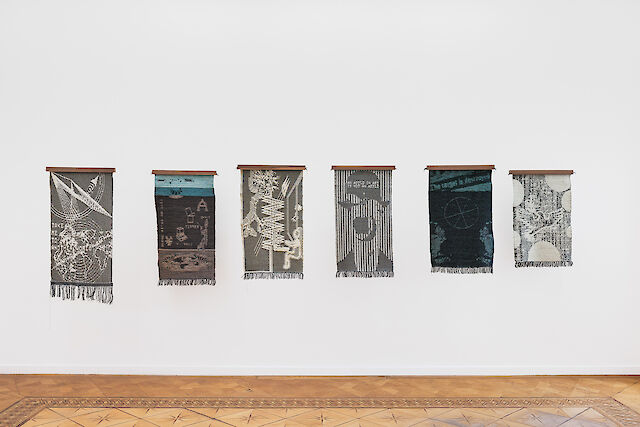
Charlotte Johannesson, installation view Compute, Croy Nielsen, Vienna, 2024
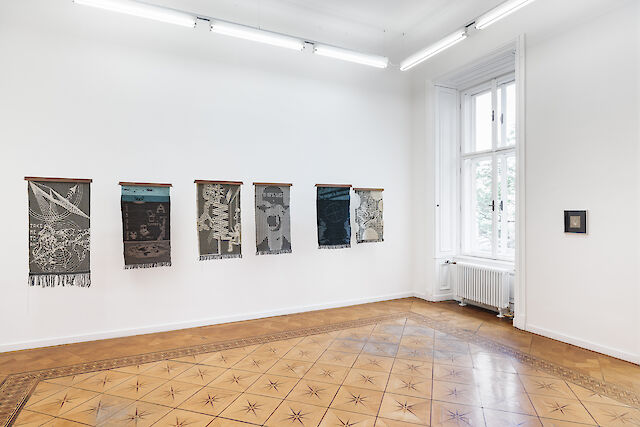
Charlotte Johannesson, installation view Compute, Croy Nielsen, Vienna, 2024
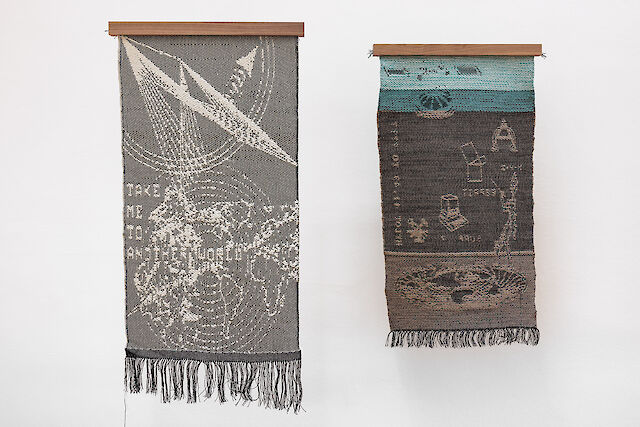
Charlotte Johannesson, installation view Compute, Croy Nielsen, Vienna, 2024
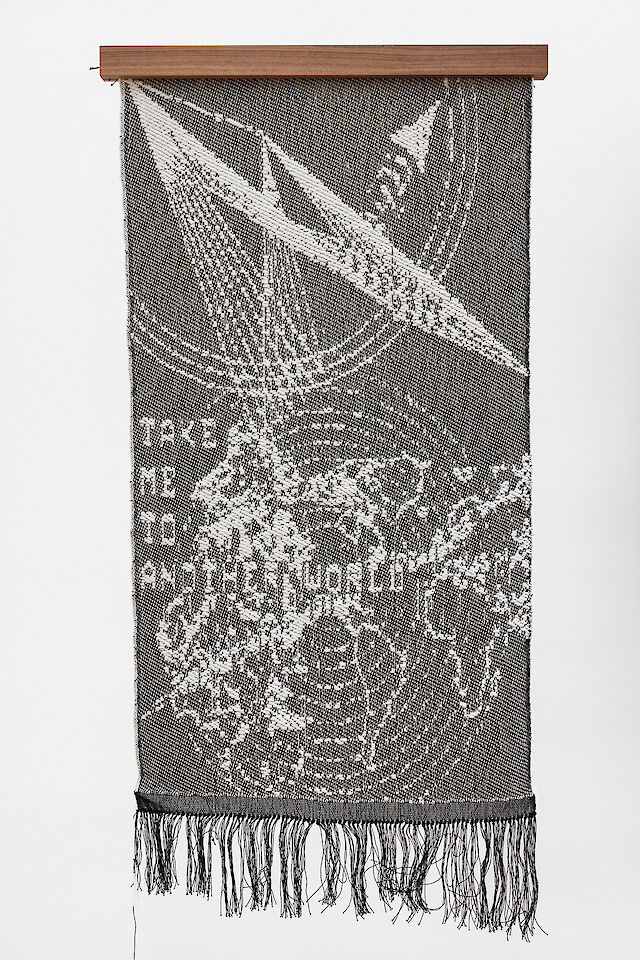
Charlotte Johannesson, Take Me to Another World, 2019, wool, digitally woven, 107 × 59 cm
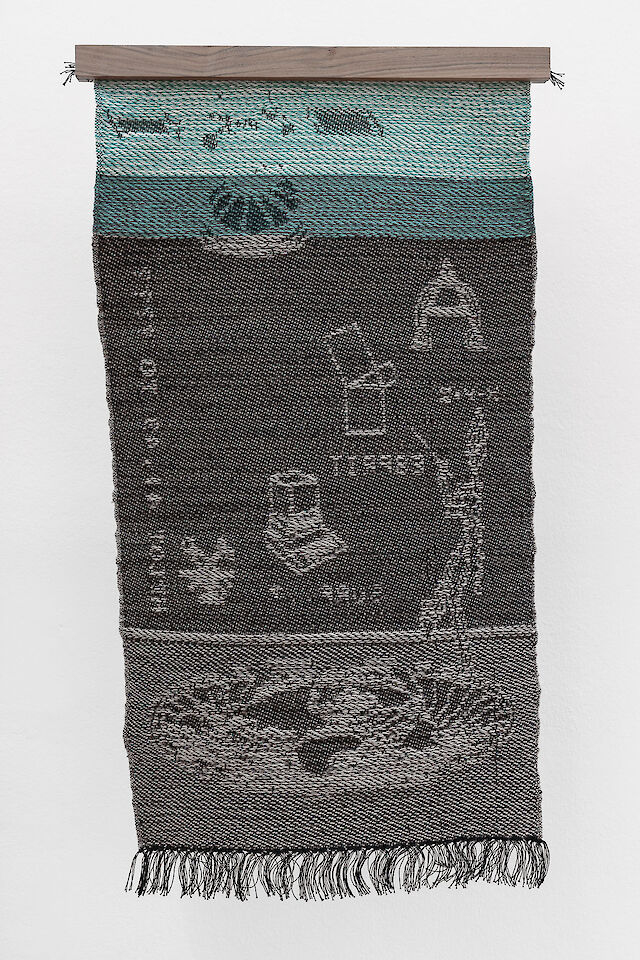
Charlotte Johannesson, The Target is Destroyed, 2019, wool, digitally woven, 102 × 60 cm
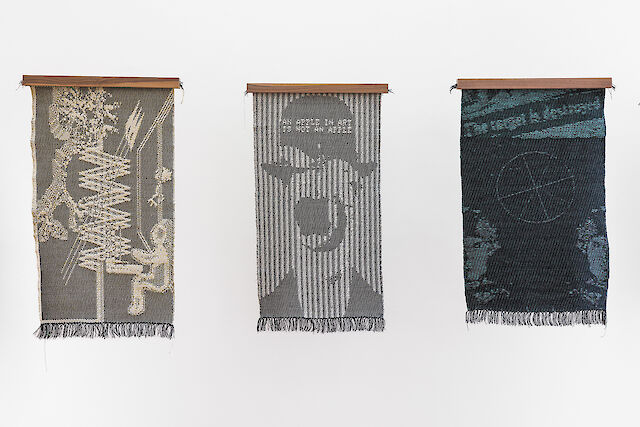
Charlotte Johannesson, installation view Compute, Croy Nielsen, Vienna, 2024
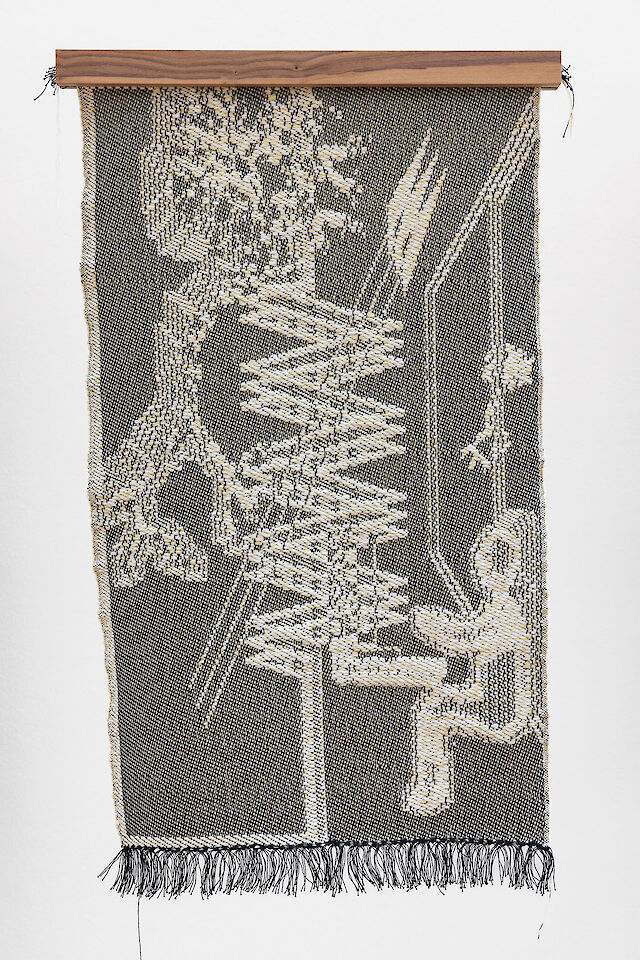
Charlotte Johannesson, Compute, 2019, wool, digitally woven, 108 × 57 cm
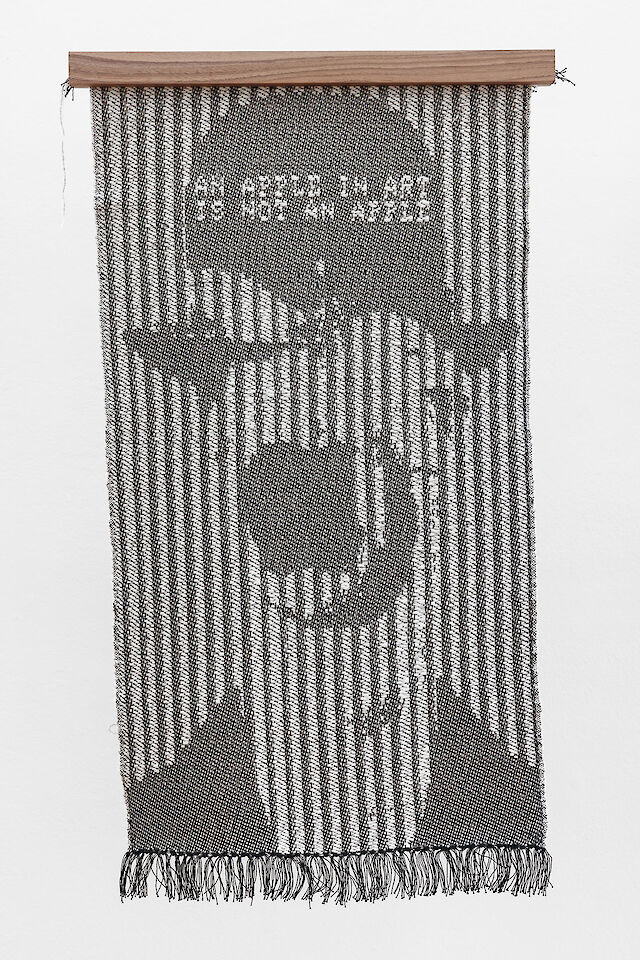
Charlotte Johannesson, Apple, 2019, wool, digitally woven, 102 × 56 cm
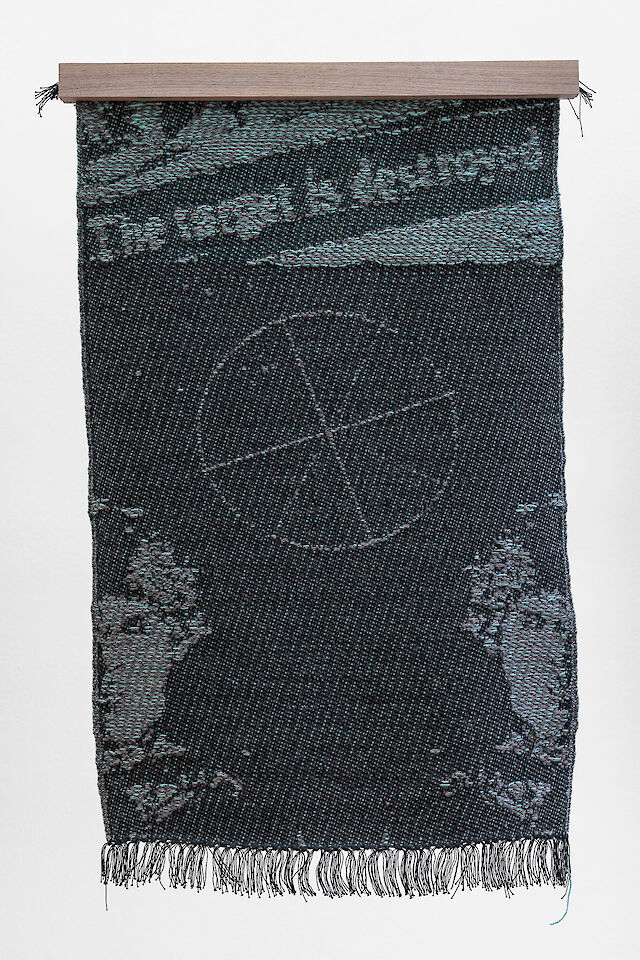
Charlotte Johannesson, The Target is Destroyed, 2019, wool, digitally woven, 102 × 60 cm
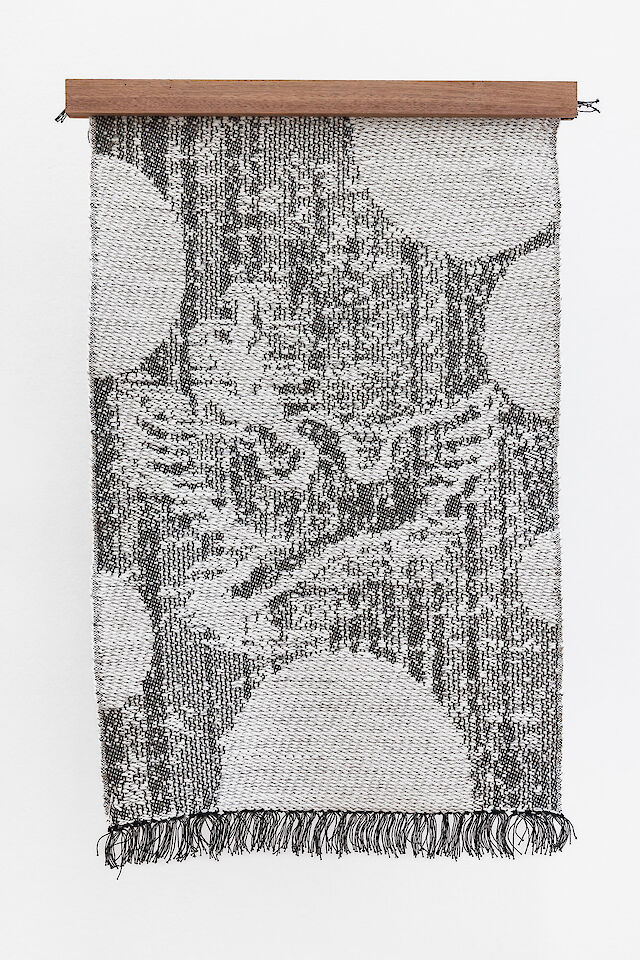
Charlotte Johannesson, Peace, 2019, wool, digitally woven, 95 × 57 cm
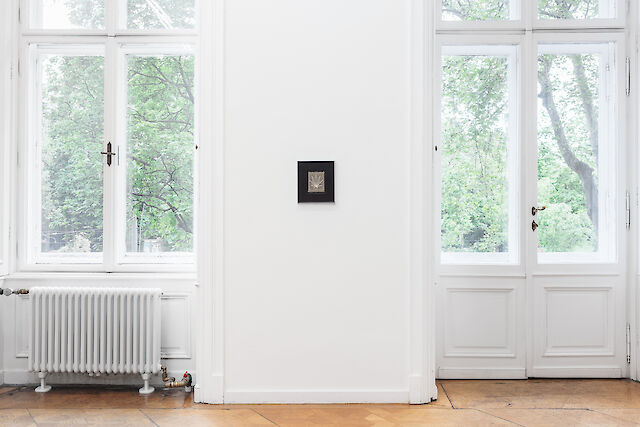
Charlotte Johannesson, installation view Compute, Croy Nielsen, Vienna, 2024
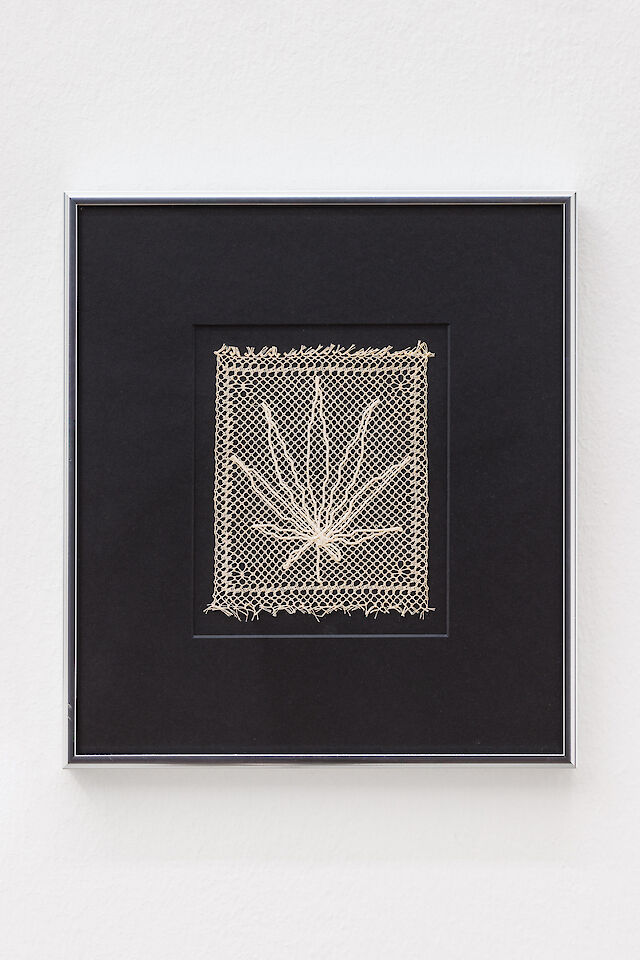
Charlotte Johannesson, Cannabis Leaf, 1980, bobbin lace, 13 × 11 cm, 28.5 × 25.5 cm (framed)
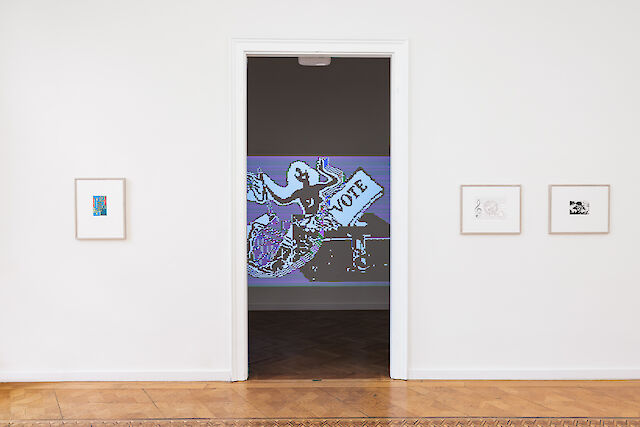
Charlotte Johannesson, installation view Compute, Croy Nielsen, Vienna, 2024
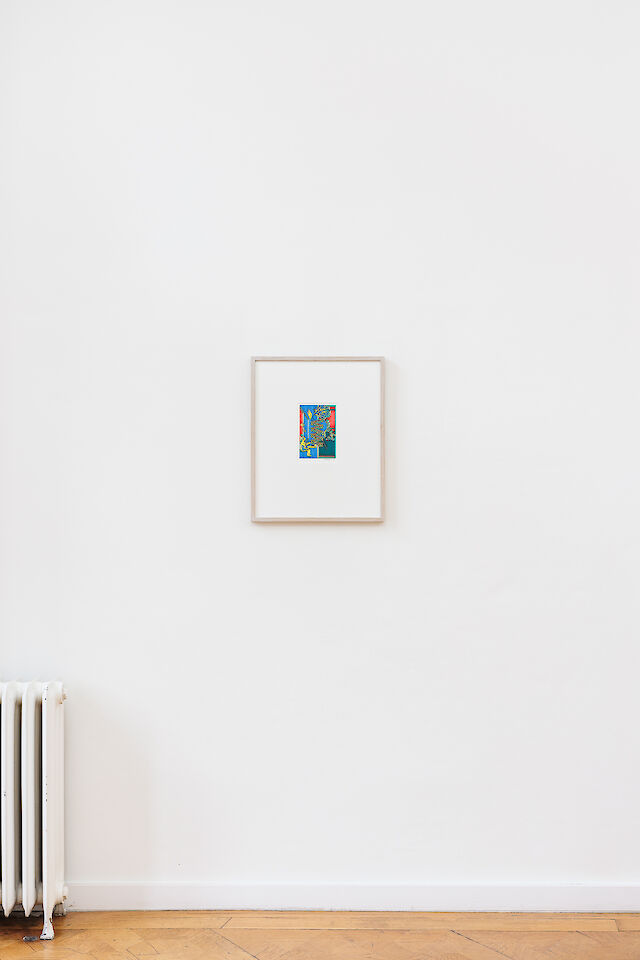
Charlotte Johannesson, installation view Compute, Croy Nielsen, Vienna, 2024
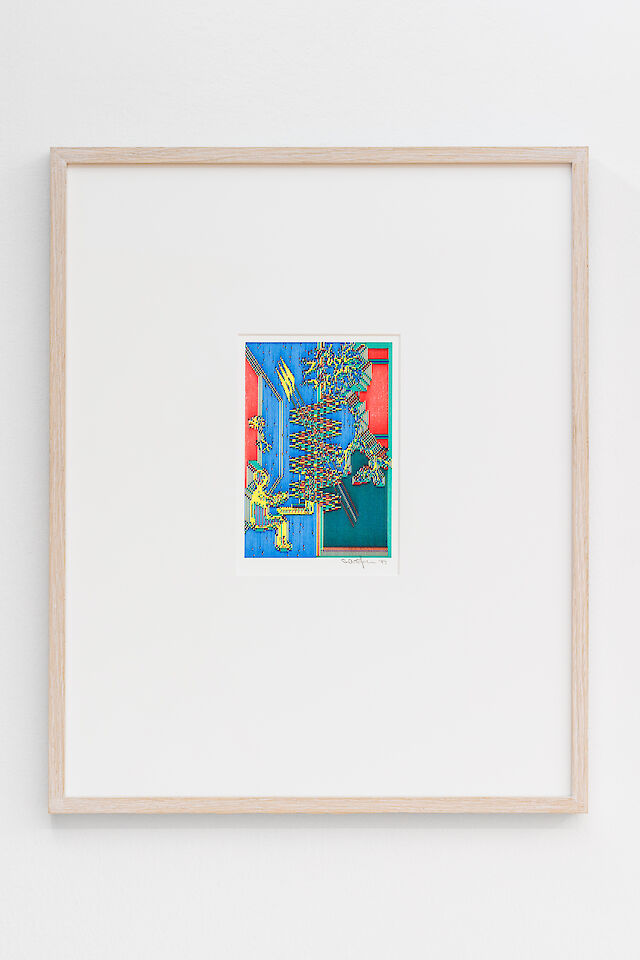
Charlotte Johannesson, Untitled, 1984, computer graphics plotted on paper, 18.5 × 12.8 cm, 42 × 52 × 3.5 cm (framed)
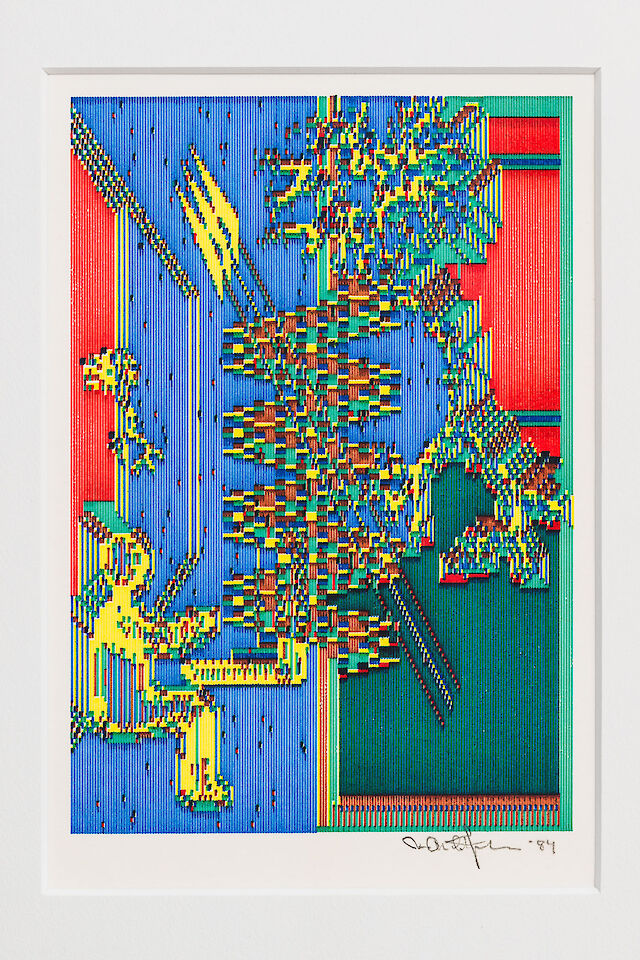
Charlotte Johannesson, Untitled, 1984 (detail), computer graphics plotted on paper, 18.5 × 12.8 cm, 42 × 52 × 3.5 cm (framed)
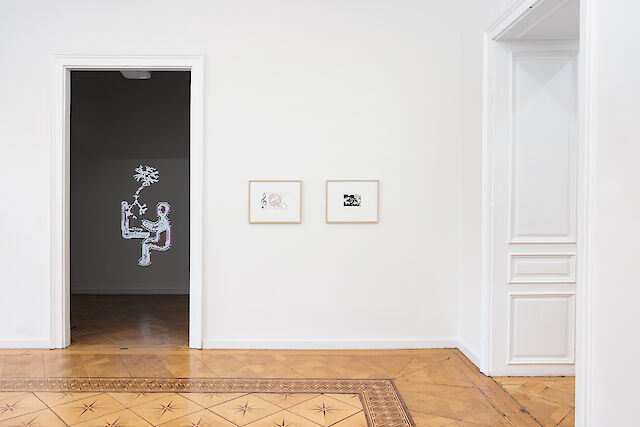
Charlotte Johannesson, installation view Compute, Croy Nielsen, Vienna, 2024
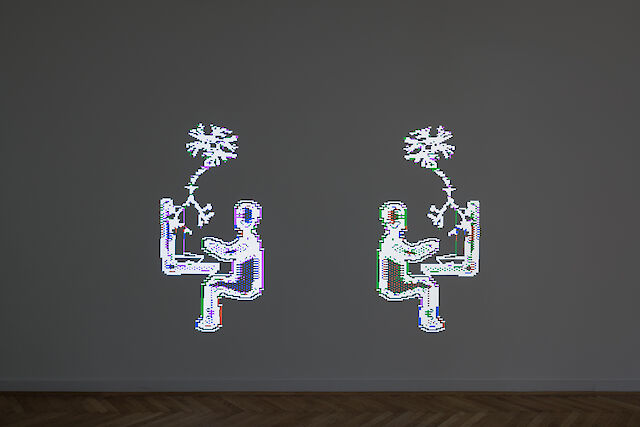
Charlotte Johannesson, Untitled, 1981–1985, Digital computer graphics (slideshow of 28 images), dimensions variable
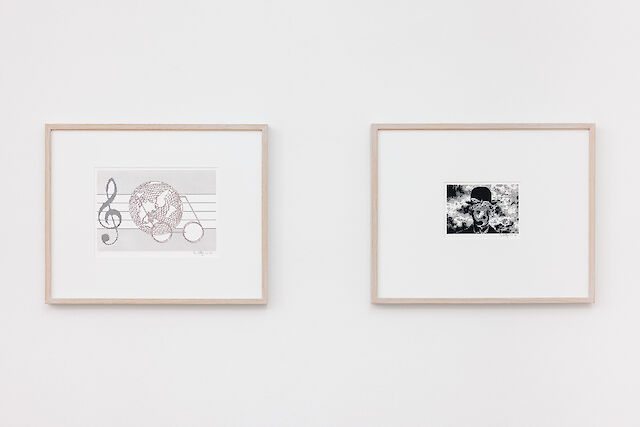
Charlotte Johannesson, installation view Compute, Croy Nielsen, Vienna, 2024
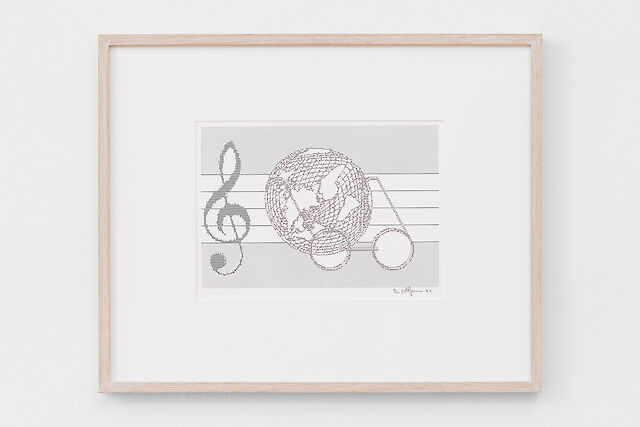
Charlotte Johannesson, A Note in Space, 1983, computer graphics plotted on paper, 21 × 28.5 cm, 42 × 52 × 3.5 cm (framed)
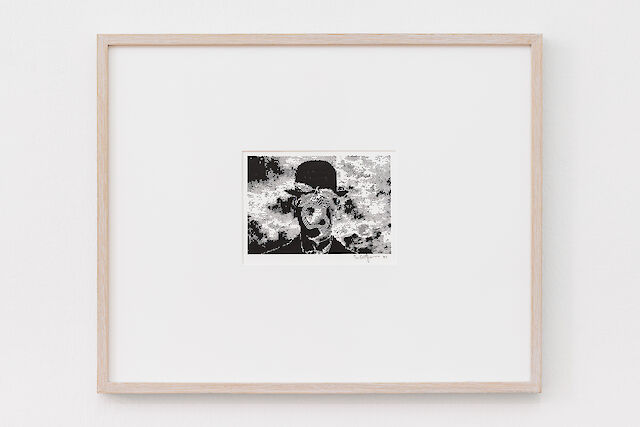
Charlotte Johannesson, Apple, 1984, computer graphics plotted on paper, 13.5 × 18 cm, 42 × 52 × 3.5 cm (framed)
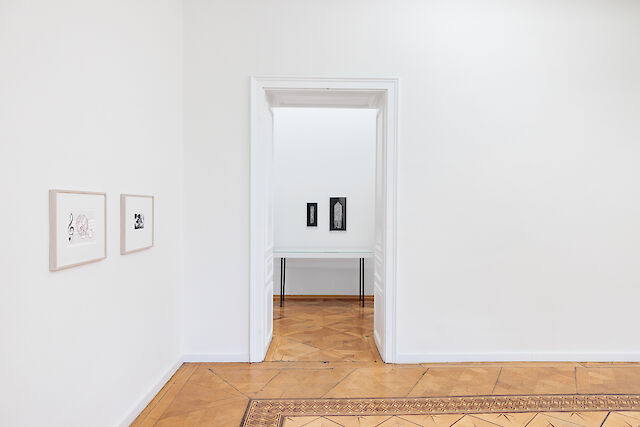
Charlotte Johannesson, installation view Compute, Croy Nielsen, Vienna, 2024
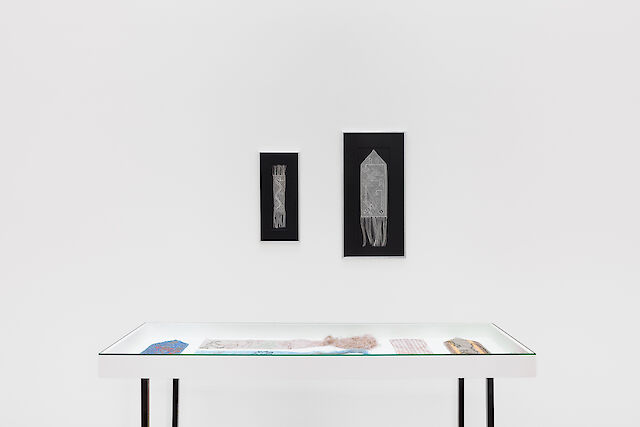
Charlotte Johannesson, installation view Compute, Croy Nielsen, Vienna, 2024
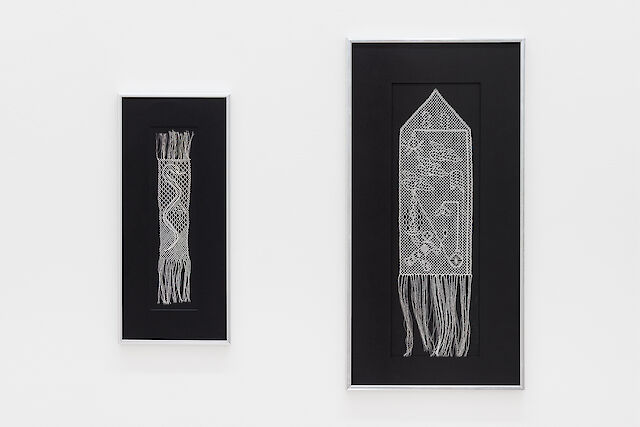
Charlotte Johannesson, installation view Compute, Croy Nielsen, Vienna, 2024
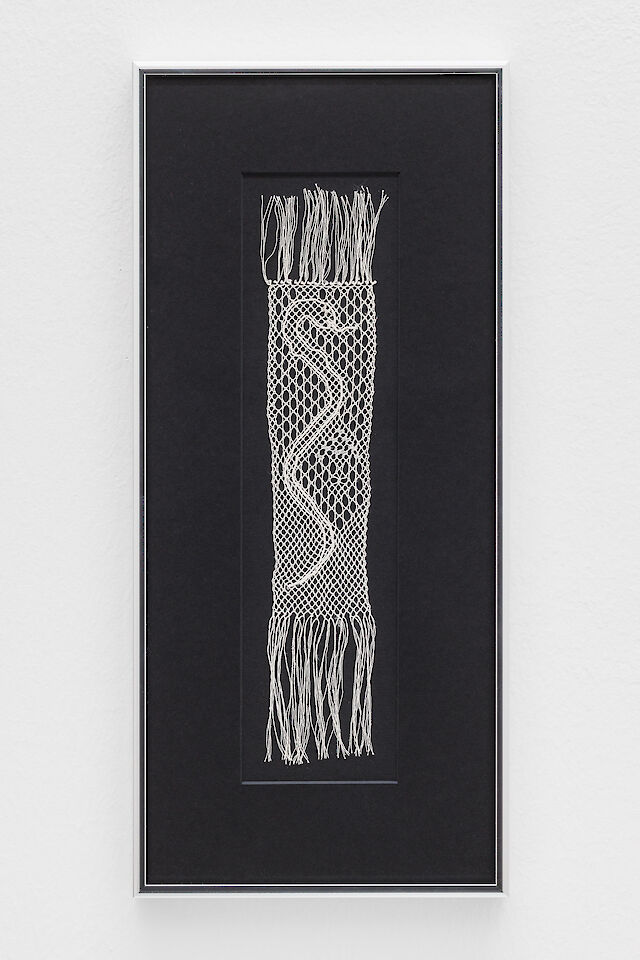
Charlotte Johannesson, Snake, 2023–24, bobbin lace, 30 × 10.5 cm, 43 × 19.5 cm (framed)
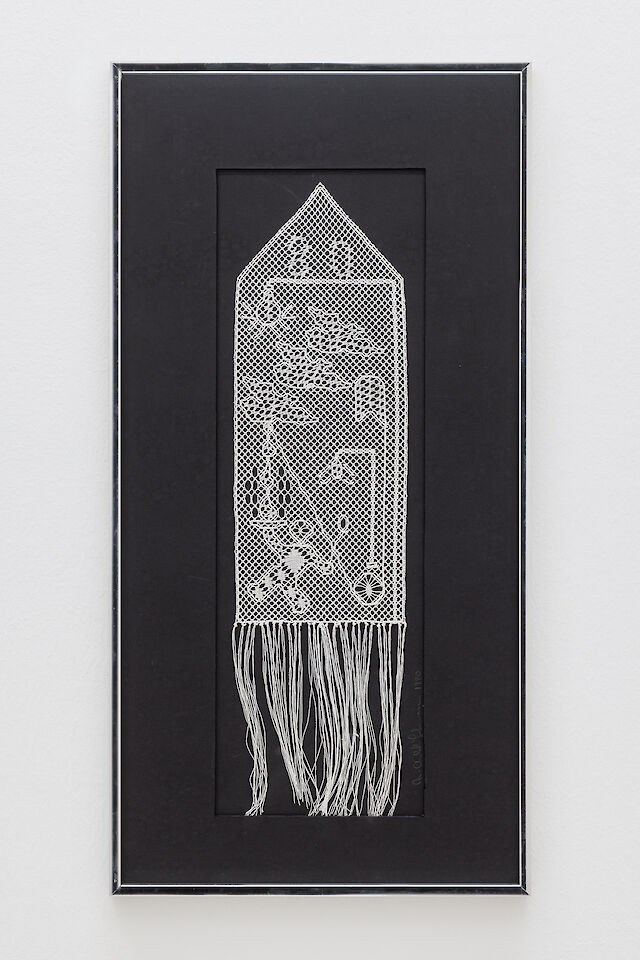
Charlotte Johannesson, Attitude (lace), 1980, bobbin lace, 46 × 13 cm, 60.5 × 30.5 cm (framed)
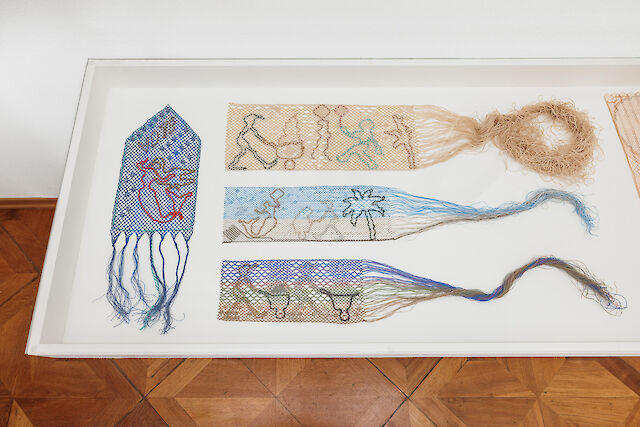
Charlotte Johannesson, installation view Compute, Croy Nielsen, Vienna, 2024
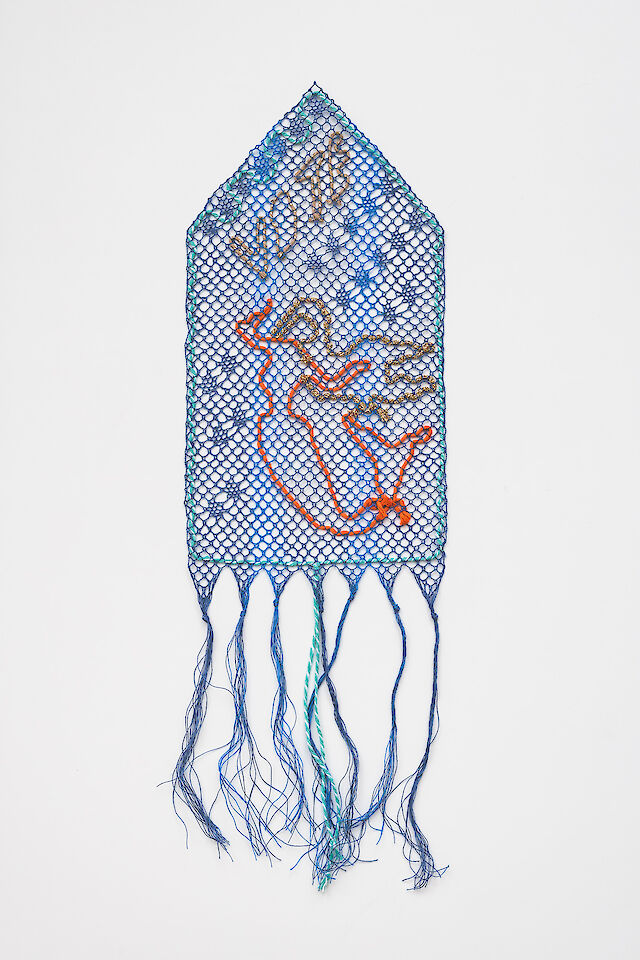
Charlotte Johannesson, VOTE, 2023–24, bobbin lace, 50 × 17 × 0.2 cm
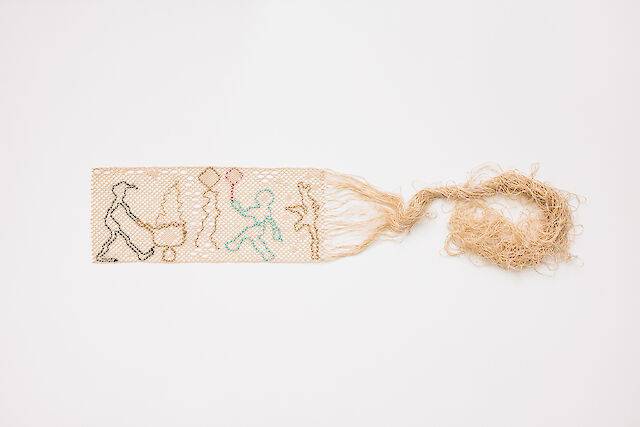
Charlotte Johannesson, Worker and Human, 2023–24, bobbin lace, 17 × 40 × 0.2 cm
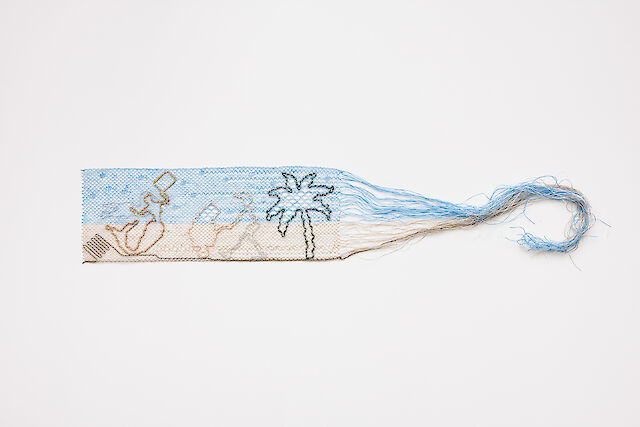
Charlotte Johannesson, Palm and Letter, 2023–24, bobbin lace, 12 × 50 × 0.2 cm
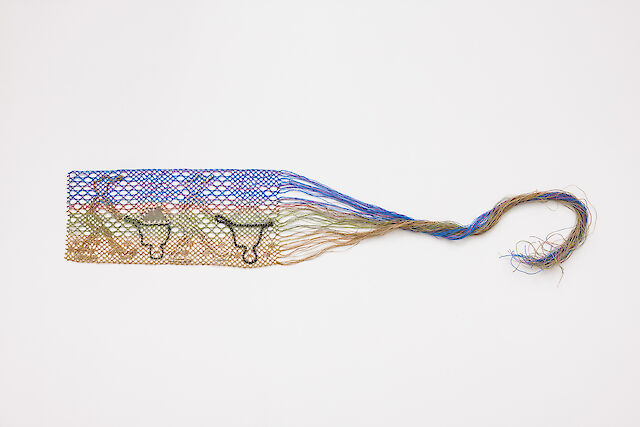
Charlotte Johannesson, Two Workers, 2023–24, bobbin lace, 12 × 40 × 0.2 cm
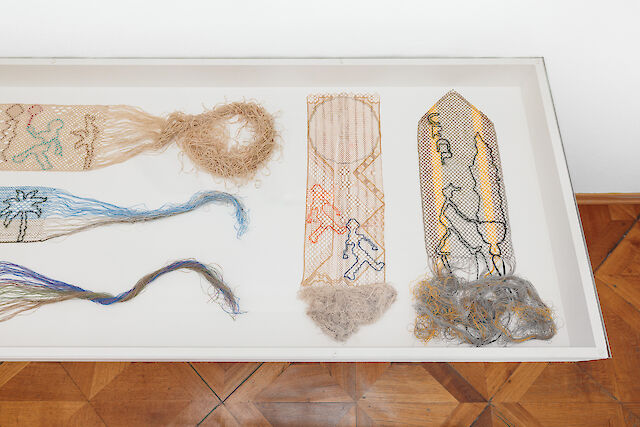
Charlotte Johannesson, installation view Compute, Croy Nielsen, Vienna, 2024
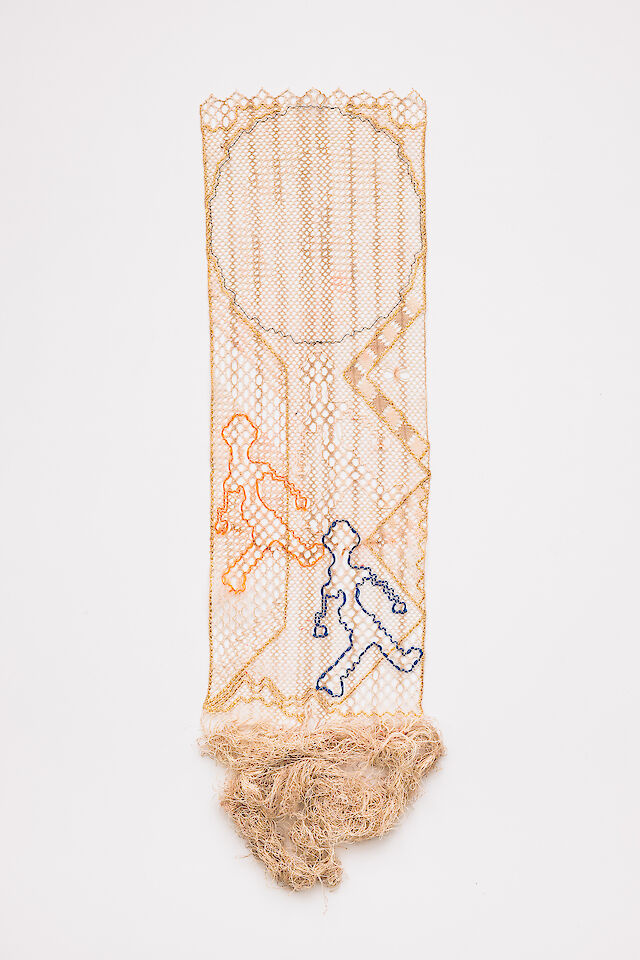
Charlotte Johannesson, Three Humans, 1990, bobbin lace, 50 × 16 × 0.2 cm
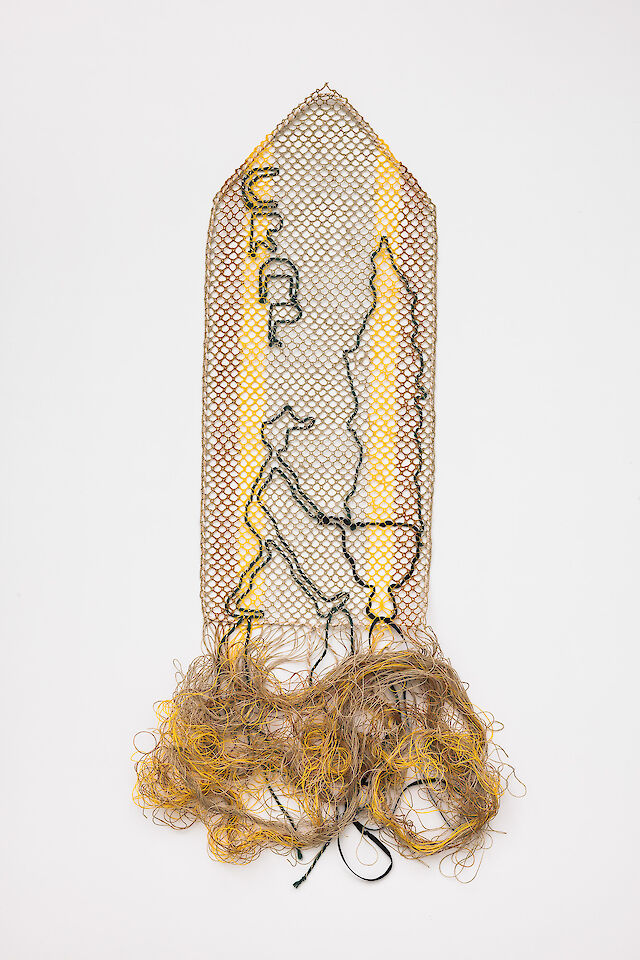
Charlotte Johannesson, CRAP, 2023–24, bobbin lace, 60 × 16 × 0.2 cm
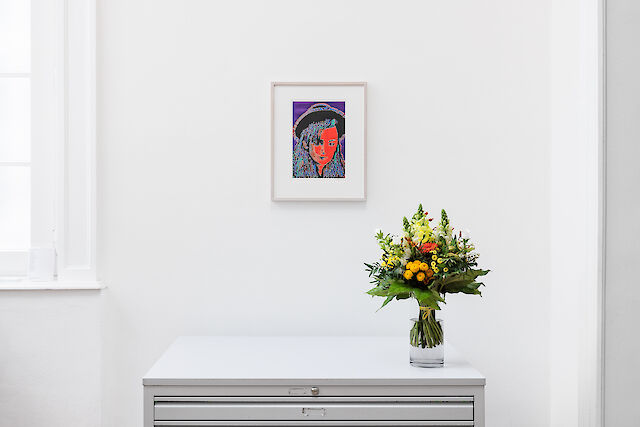
Charlotte Johannesson, installation view Compute, Croy Nielsen, Vienna, 2024
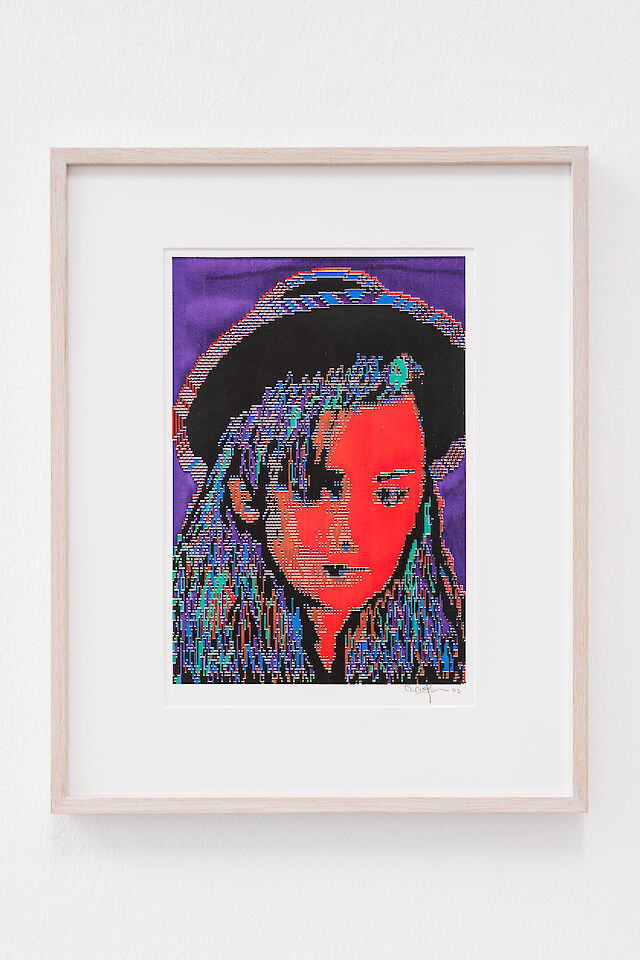
Charlotte Johannesson, Boy George (English Singer, 1961), 1983, computer graphics plotted on paper, 36 × 24.5 cm , 42 × 52 × 3.5 cm (framed)
All photos by Kunst-dokumentation.com
Press Release
Croy Nielsen is pleased to present a solo exhibition with the Swedish textile artist and digital graphics forerunner Charlotte Johannesson (b. 1943, Malmö).
Johannesson’s work is a synthesis of the artisanal and the digital. Trained as a weaver in the 1960s, the artist received her initial artistic impulse through the introduction to the work of Hannah Ryggen, whose figurative tapestries from the 1930–40s are imbued with a clear anti-fascist activism. In dialogue with countercultural scenes such as feminism, and the hippie and punk movements, Johannesson was influenced to work with motifs whose function would transcend mere decoration in favour of subversion, “turning the soft, warm domesticity of female craft inside out“¹, as the writer and curator Lars Bang Larsen puts it.
Starting to create tapestries as art in the late 1960s, Johannesson elevated weaving as a medium that was mythically and art historically associated with female domesticity and isolation. Repurposing the loom to engage with contemporary questions, the artist soon traded one of her textile artworks for an Apple II Plus, the first mass produced microcomputer, teaching herself programming to compose images and transferring them onto paper. Producing so-called “woven digital graphics”, these new images were coded to the exact same pixel number as her analog loom, suggesting the proximity of both media.
Presaging the digital age, the computer was to eventually complement Johannesson’s principal work instrument. Politically charged slogans and iconographic, countercultural imagery appeared in a distinctively pixellated manner and were being used to satirically address world politics and socio-political injustices. By combining the craft technology of the loom and the digital technology of computer graphics, the artist started to explore the formal and conceptual correlations of loom and computer, further emphasising the “great synchronicity between the two machines”².
In the 1980s, Johannesson co-founded the Digital Theatre in Malmö with her partner, the artist Sture Johannesson. The digital arts laboratory was the first of its kind in the Nordic region, and here Charlotte Johannesson pioneered the use of digital graphics with an anti-authoritarian message. Depicting cultural icons of current and earlier eras such as Boy George or René Magritte, her multi-media practice incorporated mythological figures, and global mapping that anticipated the nascent cybernetic networks of today. Through weaving, lacing, painting, digital prints and slideshows (later retrieved from old floppy disks), Johannesson proposes a more vibrant future made of convergences, rather than differences.
Recent solo exhibitions include Kunsthalle Friart Fribourg; Nottingham Contemporary (both 2023); Badischer Kunstverein, Karlsruhe; Hollybush Gardens, London (both 2022); and Museo Reina Sofia, Madrid (2021). Recent and upcoming group exhibitions include the 59th International Art Exhibition of La Biennale di Venezia, Venice (2022); Mudam, Luxembourg; Kunsthalle Bielefeld and Museum Marta Herford (all upcoming 2024) and Kunsthalle Wien, Vienna (2025).
Cara Lerchl
¹ Lars Bang Larsen, Charlotte Johannesson: Take Me to Another World, Madrid: Museo Nacional Centro de Arte Reina Sofia, 2021, p. 12.
² “Station to Station”, interview between Rhea Dall and Charlotte Johannesson, in: Bulletins of the Serving Library, eds. Stuart Bailey, Angie Keefer, David Reinfurt, London: Dexter Sinister, Issue 4, 2012, p. 5.